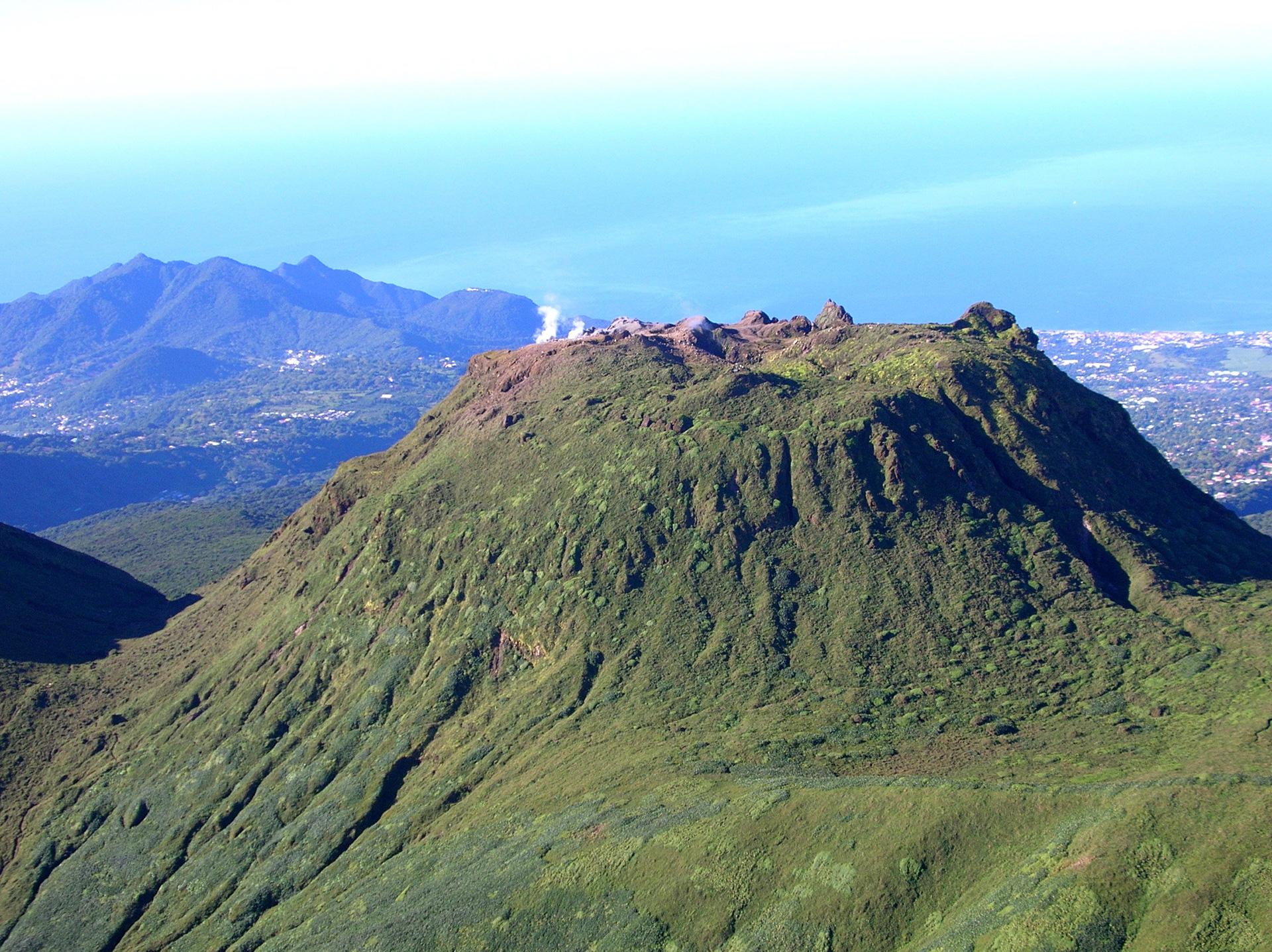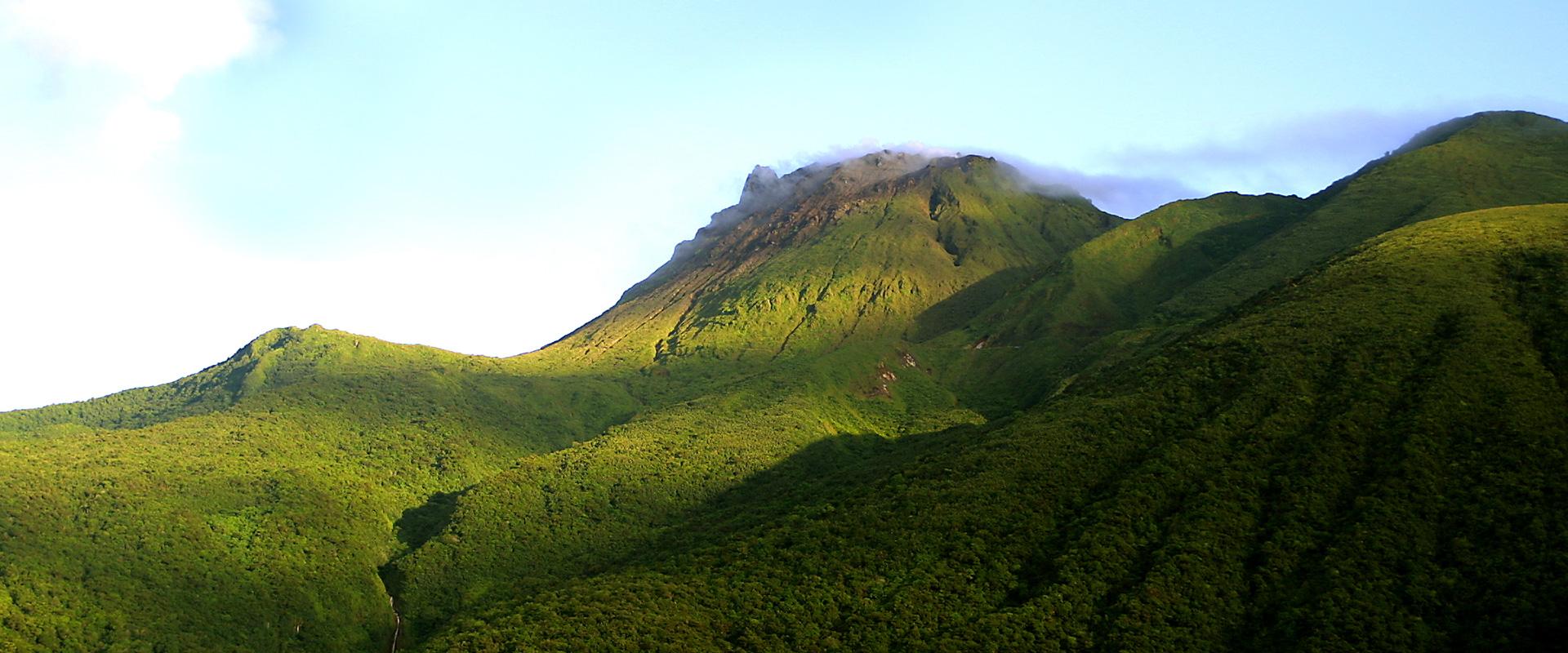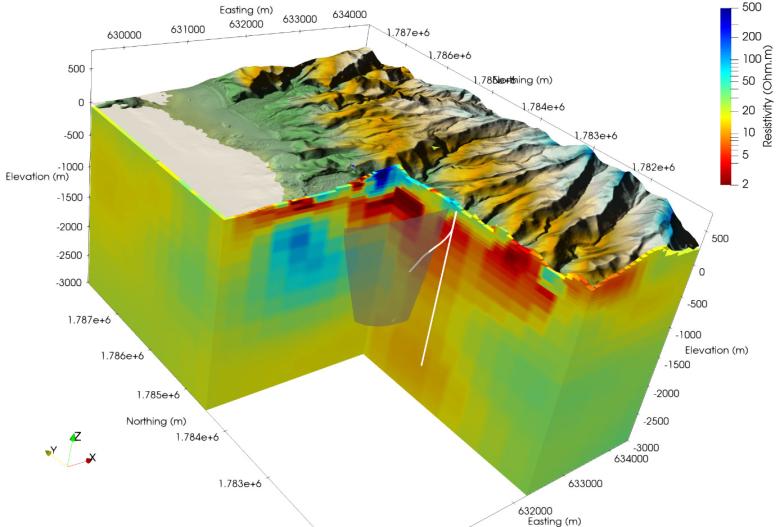The need
All the Caribbean islands depend on fossil fuels to produce electricity, even though their volcanic origin means that geothermal energy might be used to produce this electricity. This potential energy source still remains largely untapped. Indeed, there is only one active geothermal power plant in the West Indies, the Bouillante plant in Guadeloupe. Before setting up a geothermal power plant, extensive exploration work is required to confirm the existence of a geothermal reservoir and assess the power that can be expected from it. However, current exploration techniques are limited and are not always adapted to the specific characteristics of islands, which can diminish the quality of the assessment of both the resource and the economic aspects of the project.
The results
BRGM's expertise has contributed to the "Energy Transition in the Caribbean" (TEC) project by developing geophysical and geochemical exploration methods that are adapted to the volcanic context of the Caribbean islands. Geophysical methods provide an "image" of the physical properties of the geothermal reservoir. BRGM used electromagnetic methods and, for the first time, combined passive and active methods by deploying sensors at sea and on land, thus obtaining a 3D image of the electrical properties of the subsurface. To evaluate this new method, a geophysical acquisition campaign was carried out in the commune (municipality) of Bouillante in Guadeloupe in 2021. The image obtained revealed that the Bouillante reservoir extended beneath the sea, which had not previously been determined, and thus confirmed the added value of the methodology.
New geothermometers, based on the chemical composition of fluids, were developed following research of the available literature and a sampling survey in Martinique. These new correlations make it possible to validate or characterise more precisely the temperature in deep geothermal reservoirs by extrapolating from measurements taken with conventional geothermometers.

BRGM has played a key role in testing new non-invasive exploration methods. In less than 10 years, we hope to double the 15 MW currently exploited, and thus become more self-sufficient with respect to energy. Our ambition is also to share this know-how with our Caribbean neighbours, in order to replace local approaches, which are difficult to sustain, with a regional approach and the sustainable exploitation of geothermal resources.
Using the results
The methods developed for this project could be used on other volcanic islands, such as Saint Vincent and the Grenadines, where BRGM carried out a geophysical campaign to explore the island's geothermal potential in October 2022.
The partners
- Guadeloupe Region
- ADEME
- Organisation of Eastern Caribbean States






